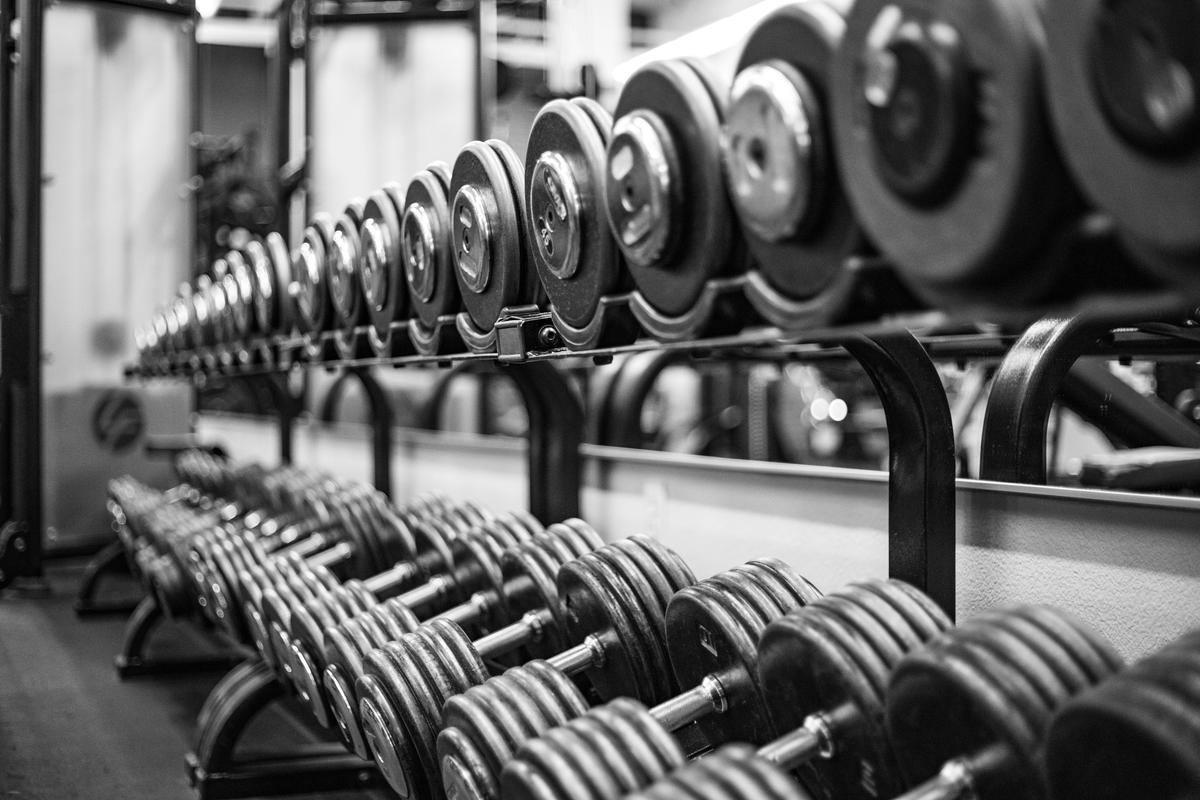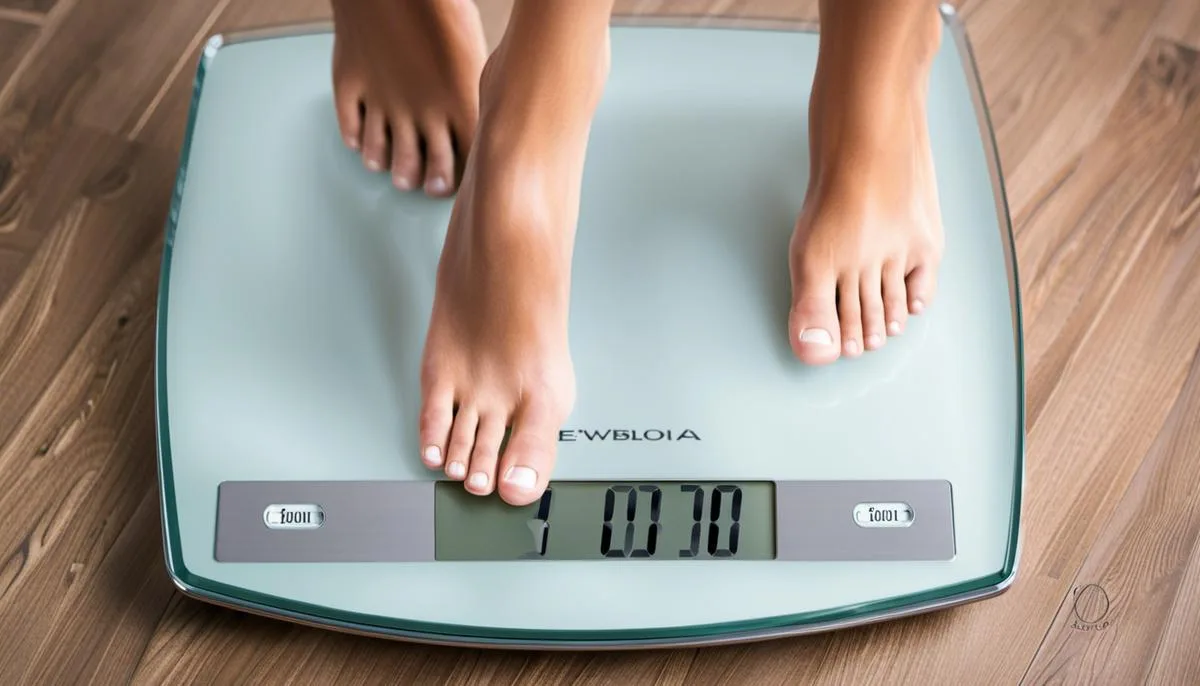In today’s health-conscious world, understanding effective methods for weight loss is of paramount importance. This comprehensive exploration will delve into the basics of weight loss, the key role of diverse workouts, and how a balanced approach can lead to sustainable results. From debunking diet myths to highlighting scientifically proven strategies, this content aims to shed light on the journey of weight loss.
Unravel the significance of cardiovascular exercises, the effectiveness of strength and resistance training, and the complementing role of flexibility and balancing workouts, all within the context of a well-rounded weight loss regimen. Brimming with insights, we will navigate you through a plethora of exercise modalities including brisk walking, cycling, swimming, running, weightlifting, yoga and Pilates, and several more that are renowned for their calorie burning capacities and health-boosting benefits.
Understanding the Basics of Weight Loss
Comprehending Weight Loss Fundamentals and Calorie Role
Weight loss, at its most basic level, is a matter of calories in vs. calories out. A calorie is a unit of energy. When we talk about calories in food, we are referring to how much energy the body can get from eating or drinking it. If the number of calories you consume equals the number of calories your body uses up, there’s equilibrium, and your weight remains stable. When you eat more than your body needs, the surplus calories are stored as fat, leading to weight gain. Conversely, if you consume fewer calories than your body uses, you will lose weight.
Metabolism and Weight Loss
Metabolism is the process by which your body converts what you eat and drink into energy. During this complex biochemical process, calories in food and beverages are combined with oxygen to release the energy your body needs to function. The rate at which your body burns calories for basic bodily functions is called the basal metabolic rate.
This rate varies for every individual and is influenced by factors such as age, gender, muscle mass, and genetic factors. A faster metabolism burns more calories, making weight loss easier, while a slower metabolism burns fewer calories, potentially leading to weight gain if food intake isn’t adjusted.
Energy Expenditure and Weight Loss
When it comes to weight loss, your energy intake should be less than your energy expenditure. Or put in another way, the energy you get from the food and drinks you consume should be less than the energy your body uses for daily activities, workouts, and basic bodily functions. This creates a negative energy balance, causing your body to burn stored fat to make up the deficit, resulting in weight loss. This is why workouts plays a crucial role in meaningful and sustainable weight loss.
Demystifying Fad Diets and Quick Fixes
Many fad diets and other purported ‘quick fixes’ for weight loss often promise dramatic results with little to no effort. However, these methods can be misleading. They may lead to momentary weight loss but bear little benefit in the long run and often disregard vital nutritional needs.
They often promote unsustainable and, sometimes, unhealthy lifestyle changes which, when stopped, can result in a rebound weight gain. They overlook the fundamental concept of weight loss, according to which sustainable weight loss is made possible by combining sensible eating habits with regular workouts.
Understanding the Role of Exercise in Weight Loss
Exercise is a crucial component of weight loss as it not only helps burn calories, but also optimizes your metabolism. By promoting muscle development, it boosts your basal metabolic rate. This occurs because muscle tissues burn more calories than fat tissues, even while in a dormant state. There are mainly two forms of exercise you should focus on for weight loss: aerobic exercise and strength training.
The former, which includes activities like running, cycling, swimming, and walking, effectively burns calories. The latter contributes to muscle building, hence raising your metabolic rate. A well-balanced combination of both these workouts is the optimal strategy for reaching and maintaining a desired weight.

Importance of Cardiovascular Exercises
Unveiling the Importance of Cardiovascular Exercise in Weight Loss
Incorporating cardiovascular exercises, often referred to as cardio or aerobic exercises, can be transformative for weight loss and overall health improvement. These types of exercises are designed to increase your heart rate to a target range, where your body can most efficiently torch calories and eliminate surplus fat. This category encompasses activities such as brisk walking, running, swimming, and cycling. By regularly integrating these activities into your workout program, you stand a better chance of achieving your weight loss goals.
Brisk Walking
Brisk walking is an accessible and easy way to start your cardio routine and can be incredibly effective for weight loss. Depending on the individual’s weight and walking speed, brisk walking can burn between 167 to 314 calories in 60 minutes. Walking is a low-impact exercise, meaning it’s gentle on the joints, making it suitable for beginners and those with physical limitations.
Cycling
Cycling is both a fun and effective way to burn calories. Whether it’s steady biking outdoors or using a stationary bike indoors, cycling can burn a significant amount of calories, helping in weight loss. For instance, someone weighing around 155 pounds can burn approximately 300 to 466 calories by cycling at a moderate speed for 30 minutes.
Swimming
Swimming is a fantastic cardiovascular exercise as it engages all major muscle groups, therefore boosting your calorie burning capacity. It doubles as resistance training, making your muscles work harder and consequently increasing the intensity of your workout. Depending on the stroke and intensity, swimming could burn around 200 to 500 calories within 30 minutes.
Running
Running is known for its high calorie-burning capacity, thus making it an excellent exercise for weight loss. A person who weighs 160 pounds can burn roughly 314 calories running at a speed of 5 miles per hour for 30 minutes.
Cardio’s Impact on Heart and Lung Health
Besides aiding in weight loss, cardio offers an array of other health benefits, including improved heart and lung health. Cardio exercises make your heart stronger, enabling it to pump more blood with less effort. This reduces the risk of heart disease and high blood pressure. Moreover, cardio workouts push your lungs to use oxygen more efficiently, which can be beneficial for lung health.
Boosting Metabolism for Effective Weight Loss
Cardiovascular exercises also play a significant role in boosting metabolism, which enhances the body’s calorie-burning ability, facilitating more effective weight loss. When you engage in cardio, your metabolic rate increases, not just during the workout, but also post-workout – a phenomenon known as excess post-exercise oxygen consumption (EPOC). This means you continue burning calories even after concluding your workout, supporting long-term weight loss and maintenance.
The Basic Truth About Weight Loss
The role of cardiovascular exercises in an effective weight loss strategy cannot be understated. Besides the obvious benefits of shedding pounds, cardio exercises offer significant health benefits including improved heart and lung functionality, as well as better metabolic rates. However, it’s worth noting that prior to initiating any new exercise regimen, a consultation with a healthcare expert or a fitness professional is recommended to ensure it adequately suits your existing health conditions and aligns with your fitness objectives.

Strength & Resistance Training for Weight Loss
Weight Loss Mechanics: Strength and Resistance Training
In the weight loss equation, strength and resistance training cannot be overlooked as they play a pivotal role. This workout style not only stimulates weight loss but also helps maintain lean muscle mass for a more trimmed and defined physical appearance. Unlike cardio exercises that cease burning calories once your body is in a resting state, strength and resistance training stimulate calorie burn even in periods of rest.
The Science Behind Strength Training and Weight Loss
It is a common misconception that cardio is the only way to burn calories and lose weight. However, strength and resistance training have significant calorie-burning power. Engaging in these forms of training creates a “metabolic spike” that can last for hours after your workout, helping your body burn more calories throughout the day.
Moreover, as you build muscles, your body uses calories more efficiently. Muscle tissue burns more calories in a resting state compared to fat, essentially turning your body into a calorie-burning machine. This can lead to more pronounced weight loss over time.
Weightlifting
Weightlifting offers both the advantage of resistance and cardiovascular workout, allowing you to build lean muscle while burning fat. This double whammy proves to be an effective strategy for weight loss. A compound lift, such as a squat or deadlift, can burn approximately 15 – 30 calories per minute, depending on the intensity.
Bodyweight Workouts
Bodyweight workouts also provide a great way to improve strength and promote weight loss. These workouts use the individual’s body weight as resistance, allowing you to maximize calorie burn without needing any equipment. Examples of bodyweight workouts include squats, push-ups, pull-ups, and lunges. A vigorous circuit of these movements can burn 500 to 600 calories per hour.
Resistance Band Training
Resistance band training is another effective method for strength training. The bands provide varying levels of tension, pushing your muscles to work harder. Whether you’re performing squats, bicep curls, or lateral raises, you can burn around 400 to 600 calories per hour, depending on your weight and intensity level.
Incorporating a combination of weightlifting, bodyweight workouts, and resistance band training into your fitness routine can maximize weight loss. Remember, the key is consistency and progressive overload, meaning gradually increasing the weight or resistance over time to continually challenge your muscles. Always consult with a fitness professional to ensure correct form and prevent injuries.
Healthy Eating and Hydration
Prior to embarking on any weight loss journey, it’s essential to remember that exercise alone won’t yield results without the right diet and hydration. Nutrient-dense foods rich in lean proteins, complex carbohydrates, and beneficial fats are keys to fueling your workouts and facilitating recovery. Alongside this, remaining hydrated supports improved performance, sustained energy levels and aids in digestion. Pairing a balanced diet with a consistent regime of resistance and strength training is a reliable path towards considerable weight loss over time.

Photo by johnarano on Unsplash
Benefits of Flexibility & Balancing Exercises
The Impact of Balance and Flexibility Exercises on Weight Loss
Despite not directly burning calories like cardiovascular or strength training workouts, balance and flexibility exercises hold a critical role in accomplishing effective weight loss. By improving muscle tone, joint health, posture, and managing stress, these exercises support overall fitness and weight loss.
Regular flexibility exercises increase your body’s range of movement, allowing you to perform day-to-day activities with greater ease and safety. This enhanced flexibility can, in turn, boost your workout performances, thereby increasing the calorie burn. Simultaneously, balance exercises focus on strengthening the core muscles which improve stability and posture, minimizing the chances of injuries during intense workouts.
The Connection between Yoga, Pilates, and Weight Loss
Incorporating forms of yoga and Pilates into your exercise regimen can significantly aid in weight loss. Yoga promotes flexibility, strength, and mindfulness, which can reduce stress and improve overall wellbeing, both essential factors in weight loss and management. Several styles of yoga, such as Vinyasa or Power Yoga, have a more cardio-like nature, increasing heart rate and in turn burning more calories.
Pilates, on the other hand, targets core strength and stability, essential for optimizing weight loss. By consistently engaging and strengthening the core muscles, Pilates can enhance metabolism and promote more efficient calorie burn. Despite being a low-impact exercise, Pilates can help develop lean muscle mass which contributes to a higher resting metabolic rate, assisting with weight loss over time.
Maximizing the Benefits of Flexibility and Balancing Exercises for Weight Loss
To maximize the weight loss benefits of flexibility and balancing exercises, consider the following tips:
- Consistency: Practice flexibility and balancing workouts regularly. Aim for a minimum of two to three sessions per week.
- Warm-up: Always start your workout session with a warm-up to prepare your muscles for exercise and reduce the risk of injury.
- Progress Over Time: Gradually increase the difficulty level of your workouts to consistently challenge your body and prevent fitness plateaus.
- Mix it Up: Combine flexibility and balancing workouts with strength training and cardio for a well-rounded fitness regimen.
- Alignment: Pay attention to your form during these types of workouts to ensure you’re effectively releasing tension and strengthening the right muscles, leading to safer and more effective weight loss results.
By incorporating flexibility and balancing workouts into your routine, in tandem with cardiovascular and strength training, you can create a holistic weight loss regime that not only helps shed pounds but also enhances holistic wellness.

Having delved deep into various facets of weight loss workouts, it becomes evident that while each type of exercise has its unique benefits, combining them in a balanced fashion can optimize the weight loss process. Cardiovascular exercises aid in enhancing heart health and boosting metabolism, whereas strength and resistance training contribute significantly to fat loss and muscle toning.
Additionally, a regular dose of flexibility and balancing exercises, whether through yoga, Pilates or stretches, can offer a perfect counterbalance to high-intensity workouts and promote all-around fitness benefits. Armed with this understanding, you are now well-equipped to embark on your weight loss journey confidently and achieve sustainable and healthy results.
Thank you for reading this post, don't forget to subscribe to our free newsletter
!
